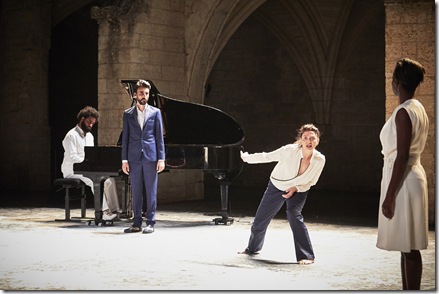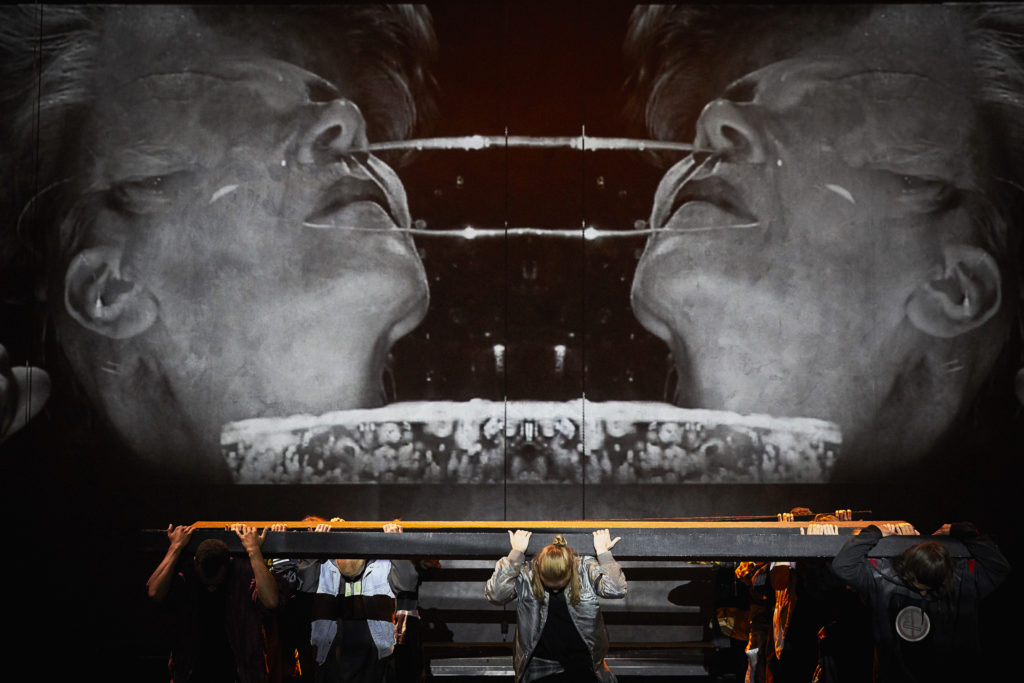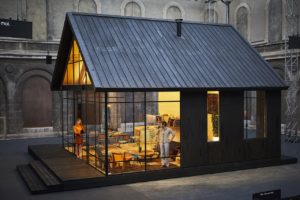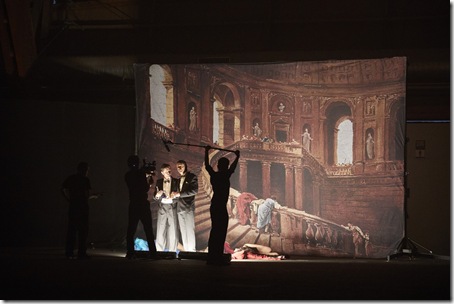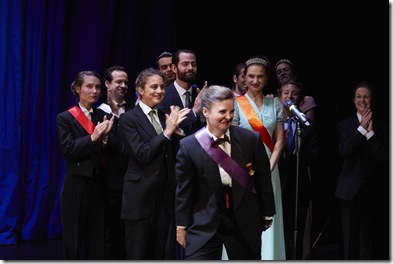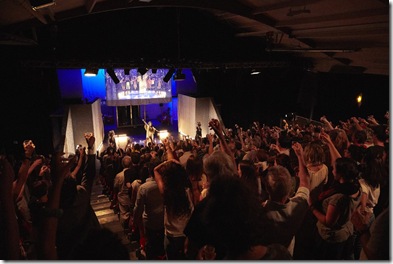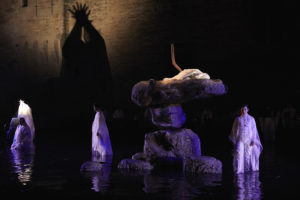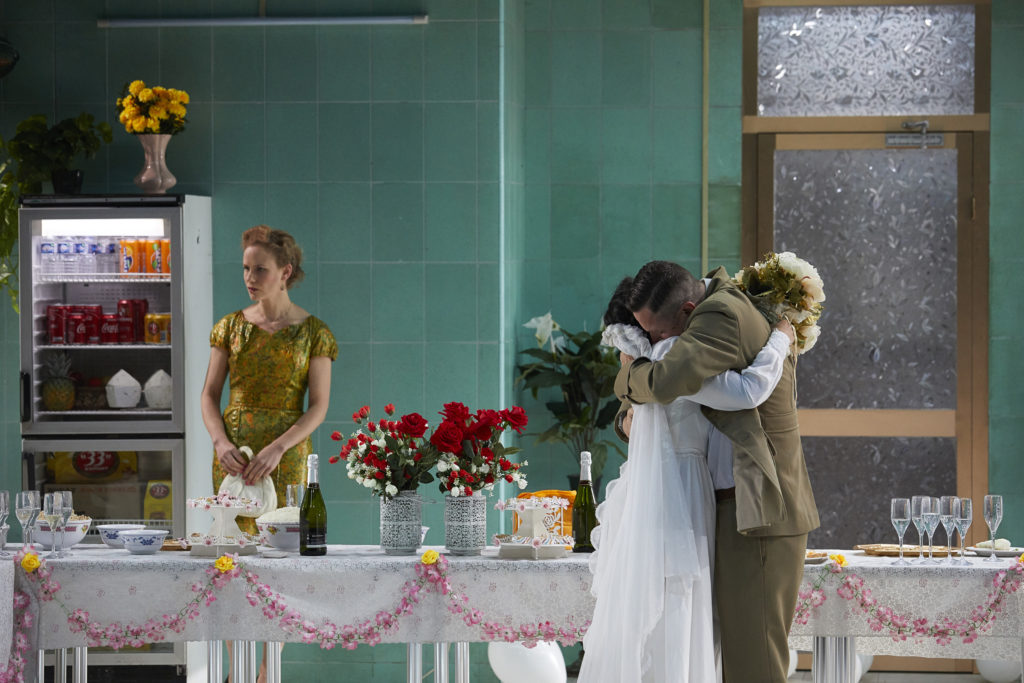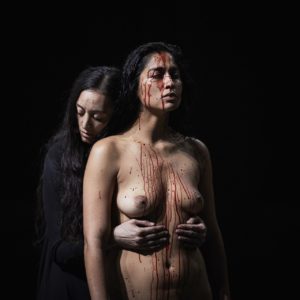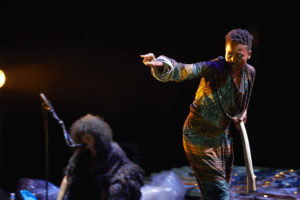Avignon. Dance poem by Radhouane El Meddeb: Face à la mer, pour que les larmes deviennent des éclats de rire.
Concept, dramaturgy, choreography Radhouane El Meddeb; Artistic collaboration Moustapha Ziane; Stage design Annie Tolleter; Music Jihed Khmiri, Production: La Compagnie de SOI; Tunis – Paris
A reflection on movement, music and chanting, this performance is about the pain of exile, the impossibility of return or of changing history. Radhouane El Meddeb, a Tunisian-French dancer and choreographer, dedicates his work to the people of Tunis, those who left and those who stayed behind. The central image is the sea towards which all the dancers’ gazes are directed. They come onstage, one by one, moving past each other, looking intensely at the audience, or rather at the sea.
In the first part of this one-hour show, there is not much action but rather tension and mistrust. The dancers move across the stage, stiffen their bodies, afraid to brush by each other, avoiding eye-contact. Their only point of connection is that sea, the gaze they cast towards the spectators. This sense of discomfort is transmitted to the audience as well: how do you react to action that is devoid of any internal movement?
